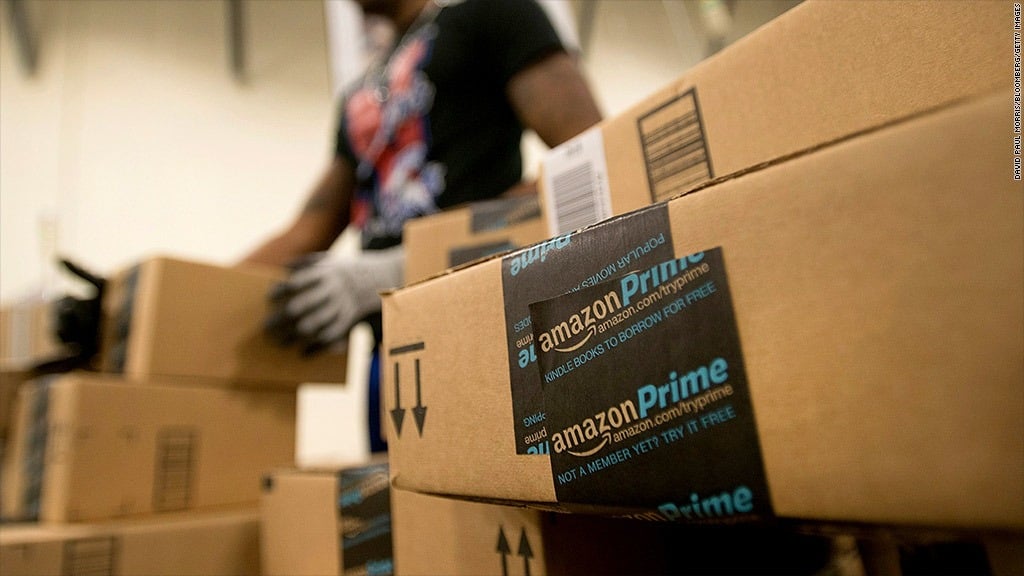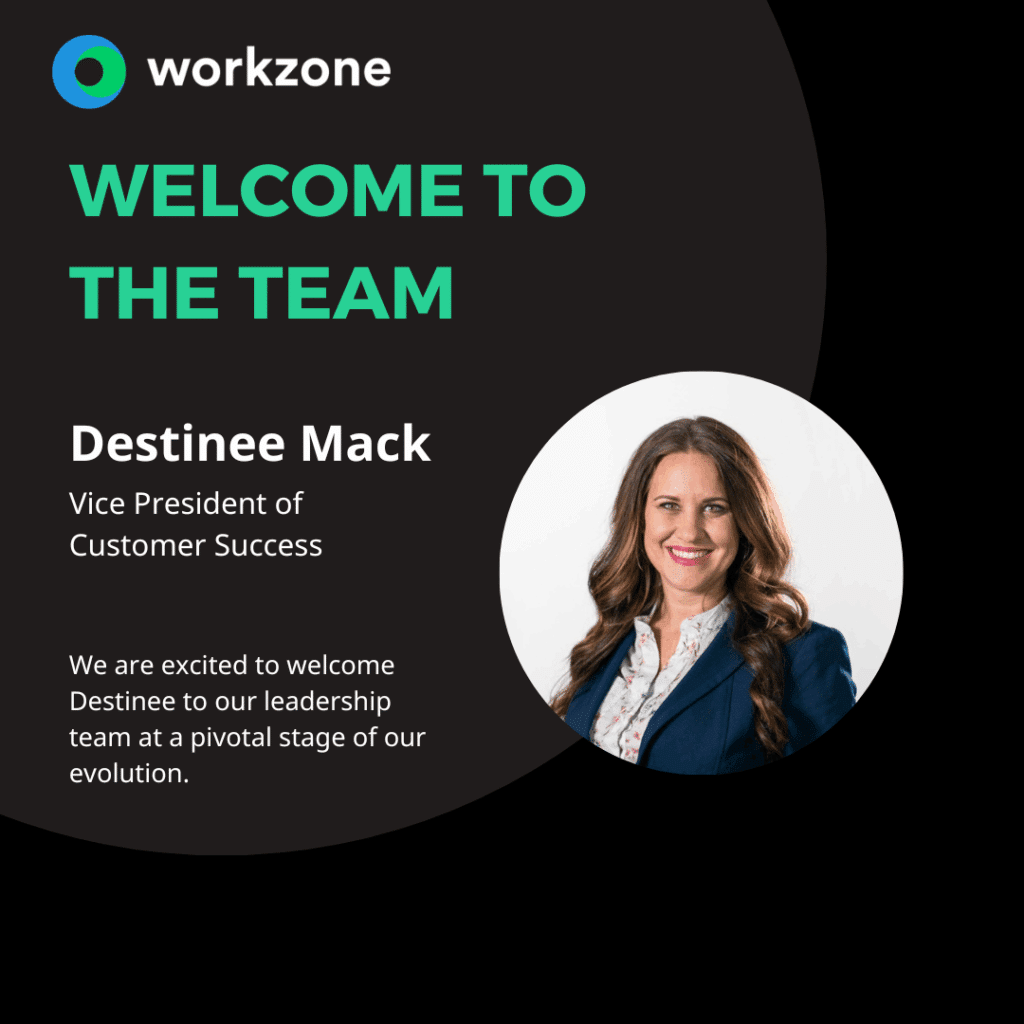This Is What You Can Learn About Project Management from Amazon

There’s few (if any?) better companies at getting things done than Amazon.
Amazon sold $94.6 billion worth of products online in 2016, taking nearly 70% of e-commerce market share. Apple came in second place with $16.8 billion and 7.7% of market share.
Think about that. Amazon didn’t just take the #1 spot for all e-commerce in 2016—they sold over 5 times more than the next best-performing company on the list.
And now that they’ve bought Whole Foods, they’re well-positioned to disrupt and distribute goods and services in a whole new way.
Holy cow. It’s safe to say we can learn a few things about project management from Amazon’s strategy.
1. Push the limits.

If you would have said 15 years ago that there’d be a thing called Amazon Prime, and that it’d mean you could have a package on your doorstep just 2 days after ordering it—AND that that package could contain not just books, but virtually anything, even food—you’d sound crazy.
It does sound a little insane. But thanks to Amazon’s willingness to push past limits, to think bigger than their then-current operations, and to see a future where drones deliver packages within the same day, it’s the norm now. Waiting longer than 2 days for a package now feels like an eternity.
But they made it happen. With awe-inspiring innovation, they’ve made strategic partnerships with shipping services, invested in building more than 70 of their own distribution centers across the US, and is even in the process of building a hub for their own airplane operations.
Amazon Prime came out over 10 years ago (in 2005) and it’s still getting better. Prime Now, their delivery service that means customers can get millions of different items delivered to their doors in 1 to 2 hours, is rolling out in major US cities and looks to be on the up and up
That’s the great thing about Amazon: they’re never done pushing the limits. Ask yourself if you and your team have the courage to do the same the next time you’re worried about hitting the lofty parts of your project plan.
Apple’s Marketing Strategy: 10 Important Things To Know
2. Own the cow (integrate).
This one’s all about vertical integration.
Ask yourself: is there any process in your projects that’s a recurring thing for you and your team—something that you constantly outsource and spend lots of resources finding and getting outside help on—that might be more cost-effective for you to do in-house?
Instead of just owning the milk, Amazon owns the cow, the feed, and the farm they live on. They’ve got everything from the delivery trucks and the distribution centers to their own airplanes. They’re not afraid to own all levels of the supply chain and benefit from complete vertical integration.
But, then again, they also gross millions a year, and you might not. What you can do on a smaller scale is ask where you might benefit from doing something in-house.
Are you constantly hurting for good website copy for your clients? Maybe it’s time for you to bring in a copywriter full-time. Or a photographer. Or anything that would make you a better cow-milking, cow-owning, king-of-the-farm machine.
3. Consider functionality over design.

Apple is all about looking pretty, and I do love that about them. They’re all about white space and simplicity.
Amazon isn’t as pretty, but they’re just as functional. Take a look at their homepage above: it is full. No white space here, yet everything’s clearly labeled and easy to find.
So what kind of project manager are you? Are you the kind to sometimes sacrifice functionality for cleaner design, like me? I LOVE simple, but I have to admit, a lot of times functionality is more important and Amazon is living proof of that.
In your pitches, in your wireframes and mockups, in your project plan, and in your deliverables, you might be tempted to leave stuff out or hide it away below the fold because you’re afraid it’ll make things cluttered. But being aware of what you’re trading off when you choose design over functionality is key, especially if you want to learn from Amazon’s success.
4. Succeed separately.
Amazon’s business model is unique in that they’re organized into dozens of separate teams, all with their own profit and loss centers. It’s possible that one team, say, those in charge of the young adult books department, is well-established and extremely profitable; while another team like Dash buttons for groceries, is brand new and still trying to find their footing.
So for Amazon, overall profit doesn’t always equal success. It depends on how the individual departments are doing and what kind of strides they’re making as a team, a structure that encourages a huge amount of autonomy. And it seems to be working well for them so far.
Having project ownership problems? Divide and conquer, with emphasis on the divide. Spark ownership and responsibility in individual teams by giving them a clearly divided chunk of the work and making it known that that’s their baby. Succeed separately in small, passionate teams—and come together to enjoy the rewards.
5. Shrug at failure.
With Apple, Google, Windows, and everyone else and their mom in on the smartphone game, it’s only natural that Amazon would want to give it a shot too.
Except the Amazon Fire Phone turned out to be not so hot. Early adopters and Amazon lovers quickly grew frustrated at the device’s lack of practical features and clunky operating system.
This started a domino effect that would ultimately end up in the Fire Phone’s demise: its unpopularity prevented developers from building apps for it, its high price point (when compared to other Amazon products) turned loyal customers away, and an exclusivity deal with AT&T that didn’t work out drove its unpopularity even further. However, the Fire tablet lives on as a good alternative for reading and games for kids.
CEO Jeff Bezo’s response? It was pretty much a shrug and a “you win some, you lose some” attitude. That’s the other beautiful thing about the separation of teams we talked about in #4: when you’ve got a lot of people working on a lot of different parts and one thing doesn’t go right, it’s not that big of a deal.
Amazon protected itself from its Fire Phone failure by having eggs in other baskets and other teams that were plenty profitable enough to compensate for any loss that came from the Fire.
Something to keep in mind when you’re dividing up your P&L centers for your projects and your team.
6. Shun niche advice (if you want).

Just because there’s a “tried and true” piece of advice that everyone else seems to be parroting like niche! niche! niche! doesn’t mean it’s the best piece of advice for you.
You think Amazon was listening when people were shouting niche! niche! niche!? If they were, they wouldn’t own Goodreads, Audible, Zappos, IMDb, and most recently, Whole Foods.
And that’s called diversification.
Remember that? We learned about it in business school, but I think somewhere along the way we kept listening to the niche-ers and thought, “I need to have laser focus on just this one thing at all times.”
But you know what? If you can be everything to everyone, and still be profitable and good at each individual thing, then why not?
Don’t be afraid to be a generalist. If a retailer giant like Amazon can sell books and designer handbags, then you can offer your services to the local coffee shop you love and the divorce attorney that approached you at the office happy hour last week.
As long as you’ve got dedicated, talented teams who can do it all without sacrificing quality, you’re golden.
7. …or embrace it. Or do both.
You really can have it all. Niching down and doing it all is possible with the right kind of technology.
Amazon’s algorithms make it possible for you to go to a website that sells a billion different things and find 5 items you’d love to buy all on the homepage. (You know the “Based On Items You’ve Viewed” section? It knows me too well.)
Likewise, Nike’s iD shoe builder is what makes it possible to go to Nike and buy any kind of athletic wear and design a shoe that no one’s ever seen before all at the same time.
It’s expanding into other areas, but allowing for customization at the same time.
It’s called the Segment of One and it’s all about smarter targeting for your customers. Customization is what can have you toeing the line between niching up and niching down and benefiting from both ends of the spectrum.
You may not have the infrastructure or resources to conquer both ends of the spectrum yet, but you can at least get thinking about what your personal preference is and what makes sense for your team’s line of work: should you be a generalist, or offer customization to the extreme? Should you consider investing in the tech that’ll let you build your company’s own version of Nike’s iD shoe builder? Should you expand your customer’s options, or stick to the menu?
Consider that next time you envision your deliverables in your project plan.
Try Amazon’s Strategy On for Size
The cool thing about being a project manager is that you’re never really working on the same thing: projects come, projects go, and each one is an opportunity to do something a little bit different.
So try doing it like Amazon: a little bit differently, a little bit big scale, and a little bit against the grain. Think big. Think scary. Think: if I could mimic just one of Amazon’s marketing strategies in my projects for the rest of this year, what would it be?
And try that one on for size. If Amazon’s success is any indication, it could mean something big for you and your team on your next project.
Last updated on May 28, 2025




